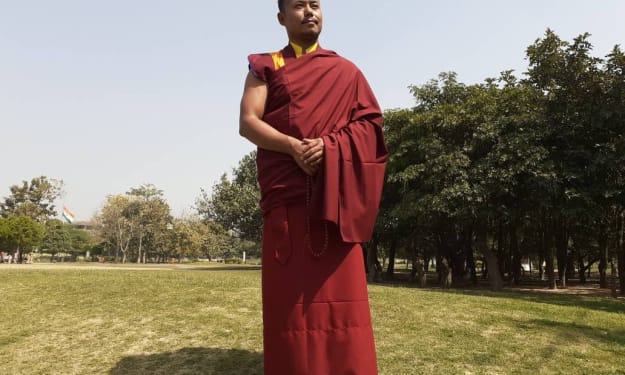Understanding the Israeli-Palestinian Conflict: A Case Study
case study

**Understanding the Israeli-Palestinian Conflict: A Case Study**
The Israeli-Palestinian conflict is one of the most protracted and contentious issues in modern history, deeply rooted in religious, political, and territorial disputes. This case study aims to provide a concise yet comprehensive overview of the conflict, highlighting its origins, key events, and current status.
**Historical Context**
The origins of the Israeli-Palestinian conflict date back to the late 19th and early 20th centuries, with the rise of both Jewish and Arab nationalism in the Middle East. Jews, facing widespread persecution in Europe, sought to establish a national homeland in Palestine, then part of the Ottoman Empire and later a British mandate. The Zionist movement, led by figures such as Theodor Herzl, advocated for the creation of a Jewish state in this historic region.
Simultaneously, Arab residents of Palestine began to develop their own national identity, resisting the influx of Jewish immigrants. Tensions escalated as both groups sought sovereignty over the same territory.
**The Creation of Israel and Early Conflict**
In 1947, the United Nations proposed a partition plan to create separate Jewish and Arab states, with Jerusalem under international control. The plan was accepted by the Jewish community but rejected by the Arab states and Palestinian leaders. Following the UN resolution, the British withdrew from Palestine, and in 1948, the State of Israel was proclaimed.
The declaration led to the first Arab-Israeli war, as neighboring Arab states invaded the new Israeli state. Israel emerged victorious, expanding its territory beyond the UN plan's borders. Hundreds of thousands of Palestinians fled or were expelled, becoming refugees—a key issue that remains unresolved.
**Wars and Occupation**
Subsequent decades saw multiple wars, including the Six-Day War in 1967, when Israel captured the West Bank, Gaza Strip, Sinai Peninsula, and Golan Heights. The occupation of these territories, particularly the West Bank and Gaza, became a central point of contention. Israel's settlement policy, involving the construction of Jewish settlements in these occupied territories, further inflamed tensions.
The Palestinian Liberation Organization (PLO), founded in 1964, sought to establish a Palestinian state and used both diplomatic and militant means. The First Intifada (1987-1993) was a grassroots uprising against Israeli occupation, marked by protests, civil disobedience, and violent clashes. It led to the Oslo Accords in 1993, where both sides agreed on a framework for peace and the creation of the Palestinian Authority (PA), which would govern parts of the West Bank and Gaza.
**Peace Efforts and Continuing Violence**
Despite the Oslo Accords, a lasting peace has been elusive. The assassination of Israeli Prime Minister Yitzhak Rabin in 1995 by a Jewish extremist, ongoing settlement expansion, and repeated cycles of violence have undermined peace efforts. The Second Intifada (2000-2005) resulted in significant casualties and further entrenched hostilities.
The internal Palestinian political landscape also complicates the situation. In 2006, Hamas, an Islamist militant group, won parliamentary elections and took control of Gaza after a violent conflict with the PA, which governs parts of the West Bank. Hamas and Israel have since engaged in several deadly conflicts, exacerbating the humanitarian crisis in Gaza.
**Current Status and Challenges**
Today, the Israeli-Palestinian conflict remains unresolved, characterized by periodic violence, failed peace negotiations, and deep-seated mistrust. Key issues include the status of Jerusalem, the borders of a future Palestinian state, the right of return for Palestinian refugees, and the security concerns of Israel.
International efforts to mediate peace have seen limited success. The United States has traditionally been a key mediator, though its role has been contentious. Other international actors, including the United Nations, European Union, and Arab League, continue to advocate for a two-state solution—a proposal for an independent Palestinian state alongside Israel.
**Conclusion**
The Israeli-Palestinian conflict is a complex and deeply entrenched issue with significant historical, political, and cultural dimensions. Understanding its roots and the perspectives of both Israelis and Palestinians is crucial for any potential resolution. While the path to peace remains fraught with challenges, continued dialogue and international support are essential for a just and lasting solution. As the conflict evolves, it underscores the broader struggles for self-determination, national identity, and security in a volatile region.
About the Creator
Enjoyed the story? Support the Creator.
Subscribe for free to receive all their stories in your feed. You could also pledge your support or give them a one-off tip, letting them know you appreciate their work.





Comments
There are no comments for this story
Be the first to respond and start the conversation.